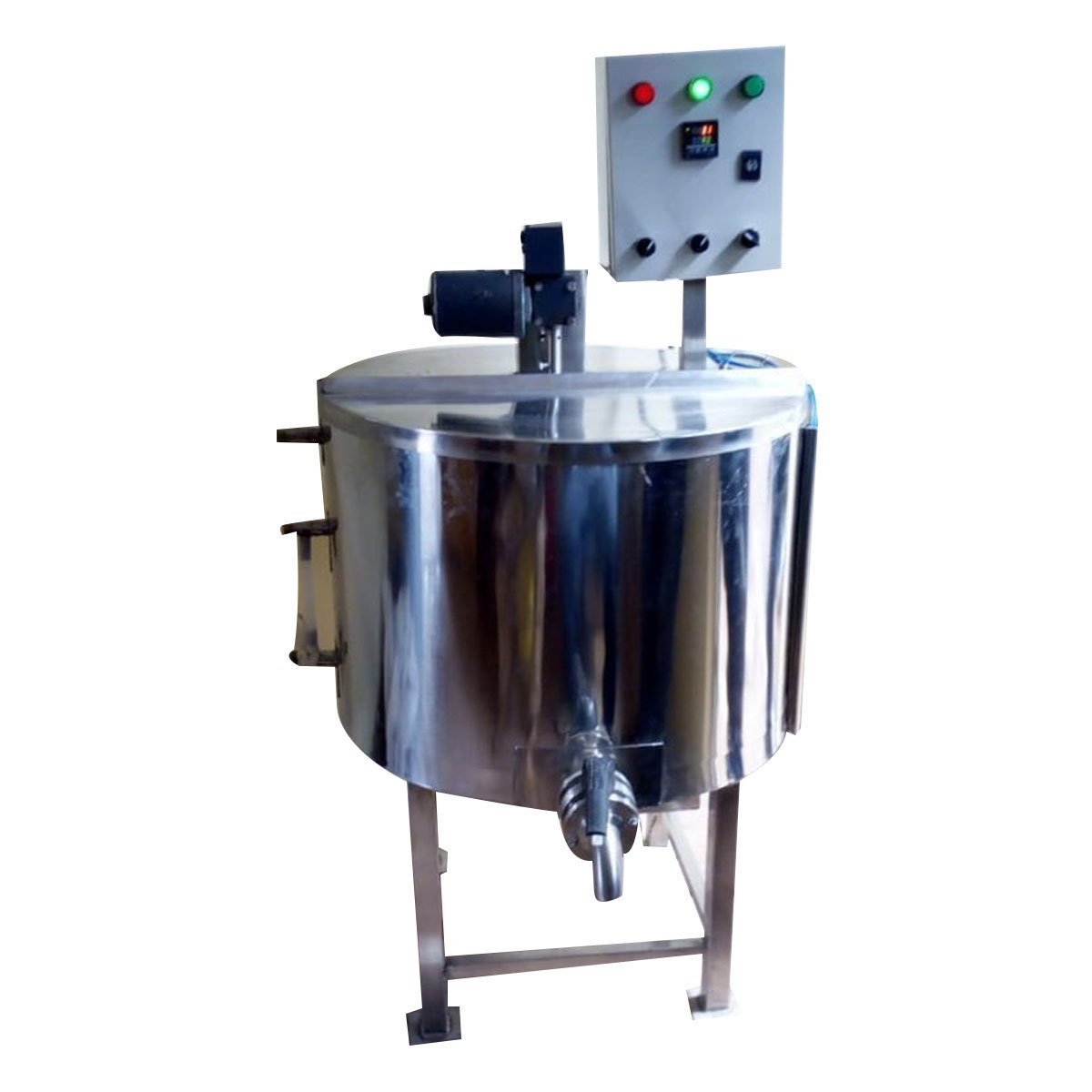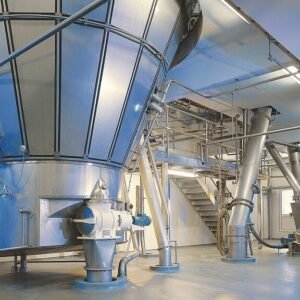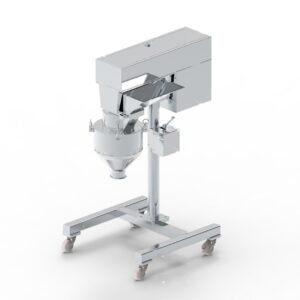Description
A Batch Milk Pasteurizer is a device used to heat milk to a specific temperature for a specified amount of time to kill harmful bacteria, pathogens, and spoilage microorganisms, making the milk safe for consumption and extending its shelf life. The process is known as pasteurization, named after Louis Pasteur, who developed the method.
Key Features of a Batch Milk Pasteurizer:
-
Temperature Control: The milk is heated to a particular temperature, usually between 63°C to 85°C (145°F to 185°F), and held for a set period (15 to 30 minutes).
-
Holding Time: After reaching the desired temperature, the milk is held at that temperature for a certain period to ensure bacteria are killed. This is why it’s called “batch” pasteurization, as it’s done in small, controlled batches.
-
Cooling System: After pasteurization, the milk is rapidly cooled to a safe storage temperature, usually below 4°C (40°F), to prevent recontamination and spoilage.
-
Safety and Monitoring: Batch pasteurizers are typically equipped with thermometers, pressure gauges, and automatic controls to ensure the process is carried out safely and effectively.
-
Sanitation: The pasteurizer is designed to be easy to clean and sanitize between uses to prevent contamination.
Process:
- Loading: Raw milk is loaded into the pasteurizer.
- Heating: The milk is gradually heated to the desired temperature.
- Holding: The milk is held at the set temperature for the required time.
- Cooling: The milk is rapidly cooled down to safe temperatures for storage or packaging.





Reviews
There are no reviews yet.